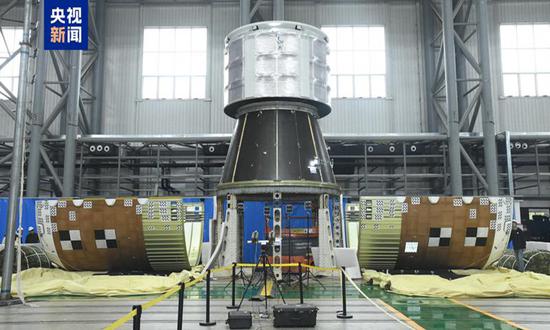
China's Long March-10 carrier rocket completes a fairing separation test. (Photo/CCTV)
In another step closer to realizing the goal of sending Chinese to the moon by 2030, China's Long March-10 carrier rocket, slated for a future crewed lunar landing, has completed a fairing separation test, marking another solid step forward in the rocket's prototype development, China Central Television (CCTV) reported on Wednesday.
The China Academy of Launch Vehicle Technology announced on Wednesday that the Long March-10 series of rockets, developed for China's manned lunar missions, have recently completed a successful fairing separation test. The test thoroughly evaluated the rocket's fairing design and separation mechanism, according to CCTV.
Fairing separation is a critical maneuver during a launch. The success of this test marks another solid step forward in the prototype development of the Long March-10 series of rockets. As a key component of a launch vehicle, the fairing protects spacecraft and crewed modules from the adverse effects of high-speed airflow. The fairing tested this time has a height and diameter of five meters and features a newly developed design.
Meanwhile, the rocket adopts a hyperstatic connection method for the first time. Compared to traditional fairings, it features an additional separation interface that results in a more complex separation scheme with higher reliability. In the future, the design team will conduct several verification tests on the fairing, including static tests and combined vibration tests, according to the Science and Technology Daily.
Featuring a series of rockets with two models and multiple configurations, the Long March-10 series is China's next-generation manned launch vehicle. It is expected to play a key role in achieving the country's goal of a manned lunar landing by 2030. With an overall length of 92.5 meters, a take-off weight of about 2,189 tons, a take-off thrust of about 2,678 tons and an Earth-Moon transfer orbit carrying capacity of not less than 27 tons, the rocket will be used in the future for launching new-generation manned spacecraft and lunar landers.
The series has already undergone major tests, including a first-stage propulsion system test, which is the most systematic, complex and difficult ground development test in the development of launch vehicles. This marks the fact that the Long March-10 series of launch vehicles has been comprehensively transferred to the fast lane of carrying out large-scale ground testing and development. Further testing will continue to comprehensively validate the designs of various systems according to the development schedule, CCTV reported on June 14.








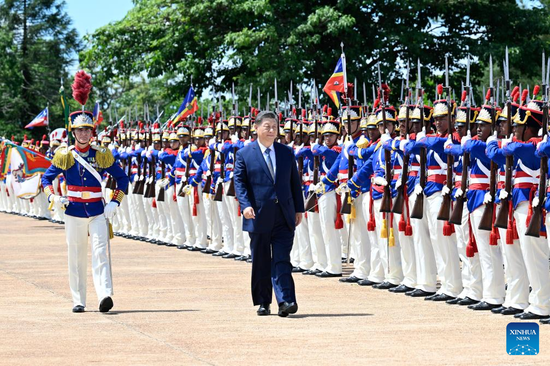

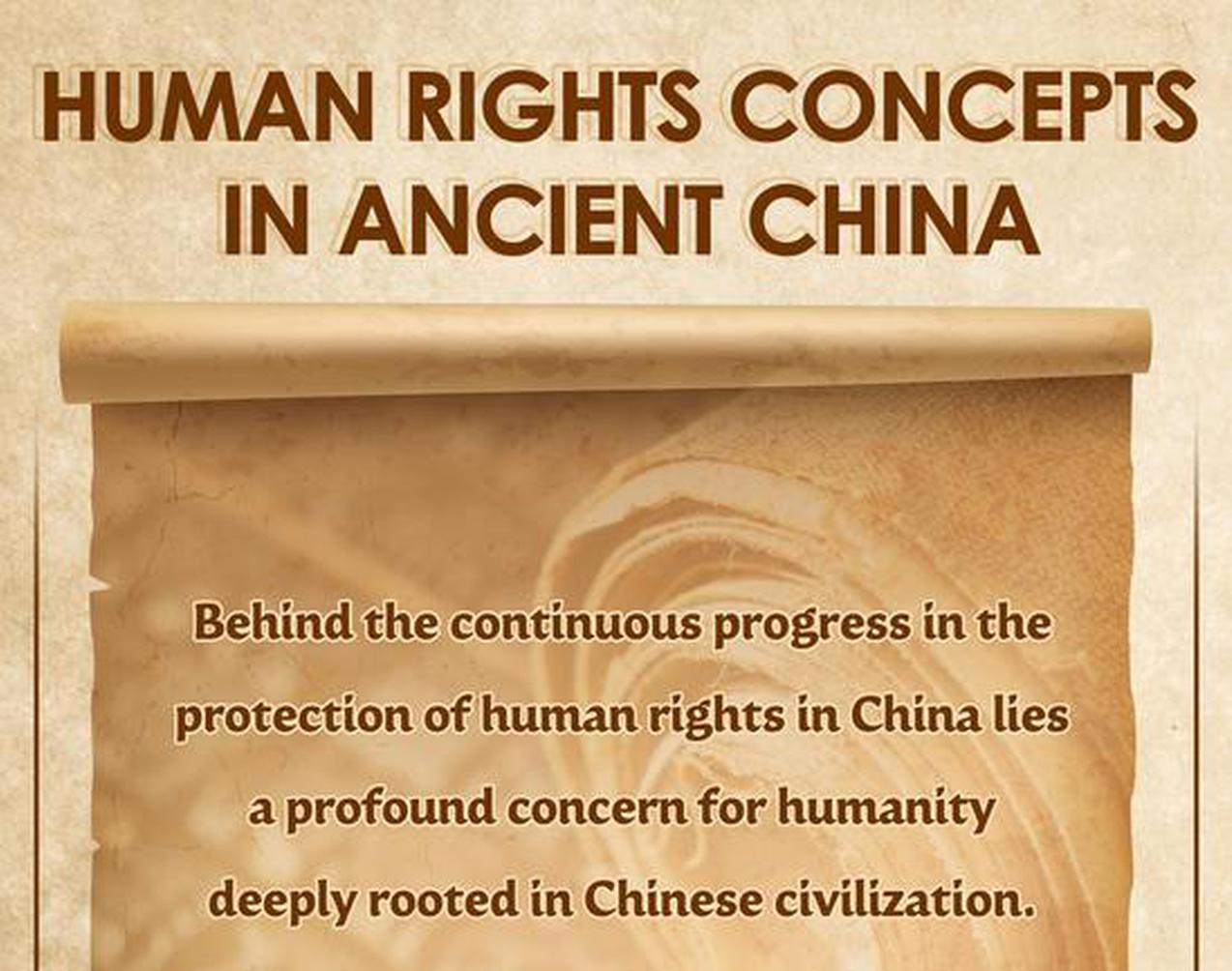



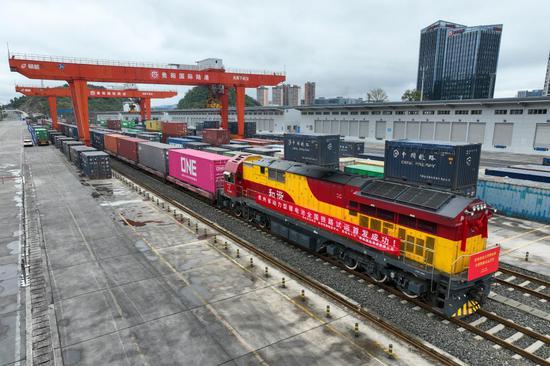
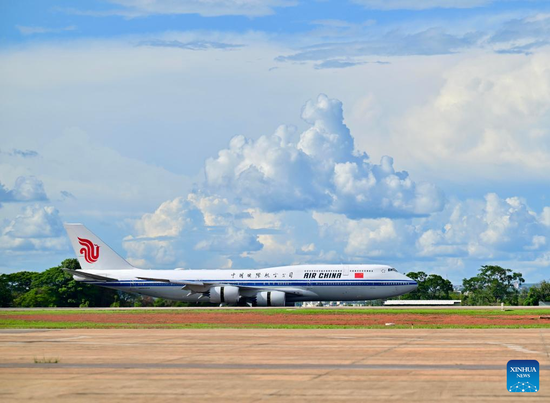





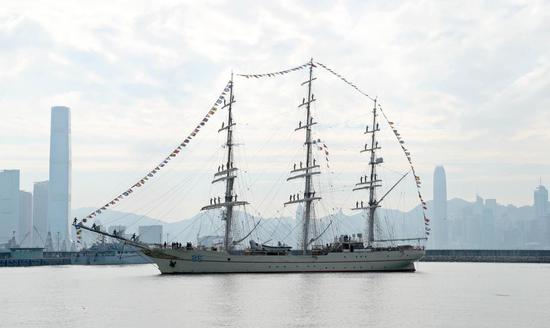

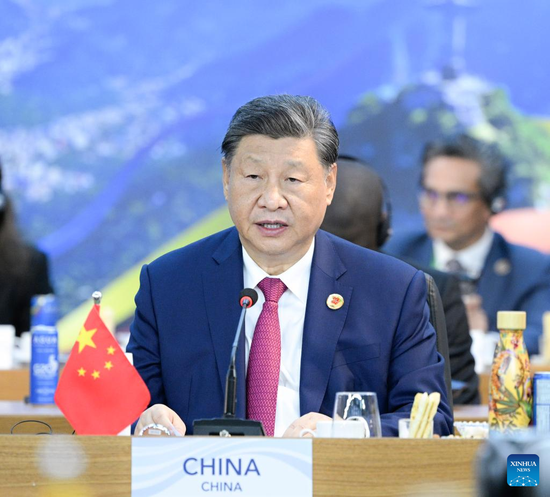


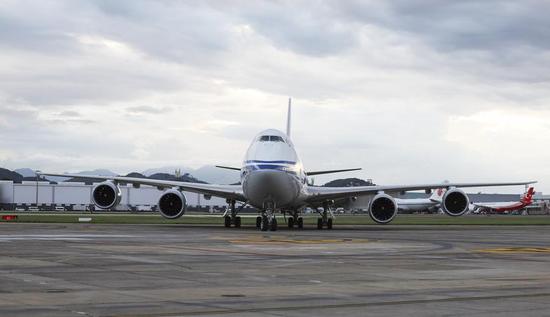
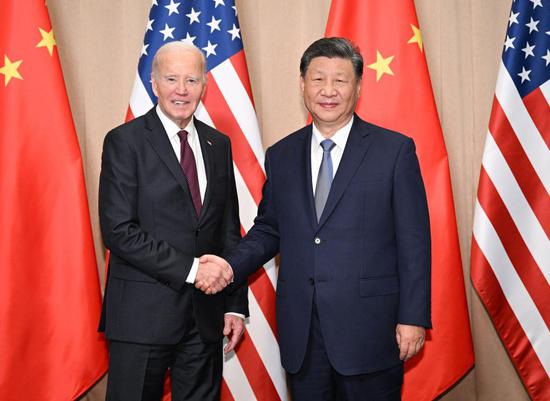
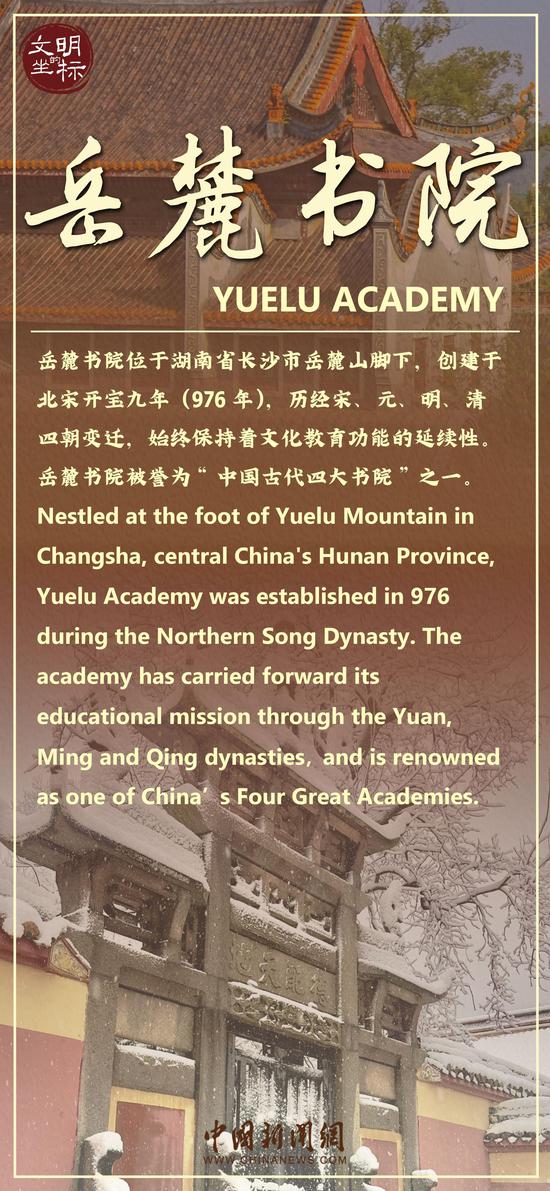

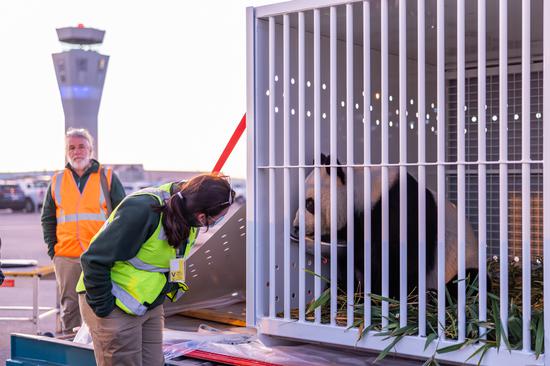
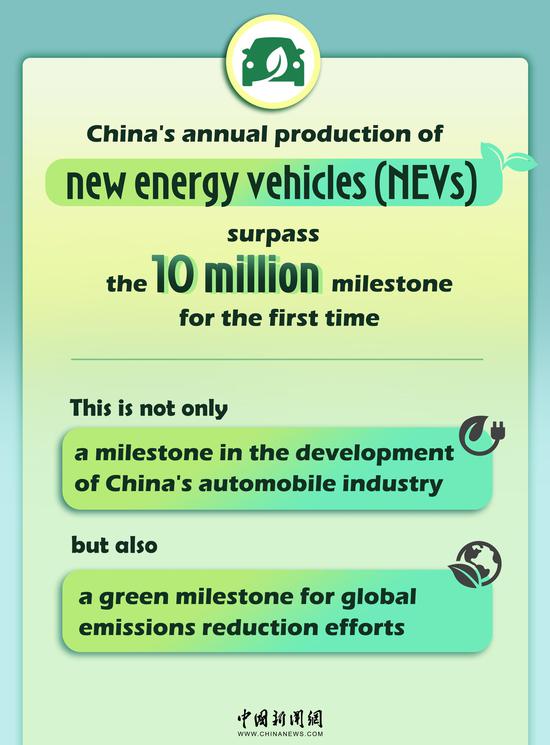

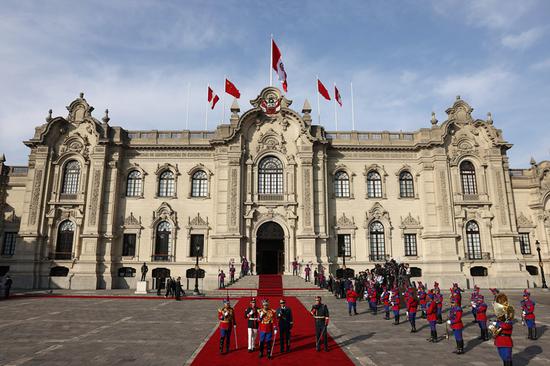


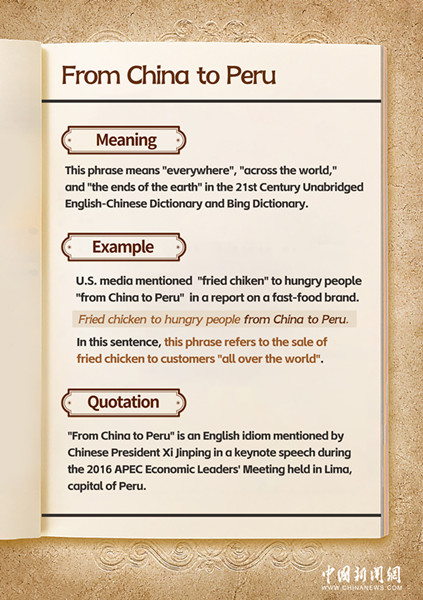
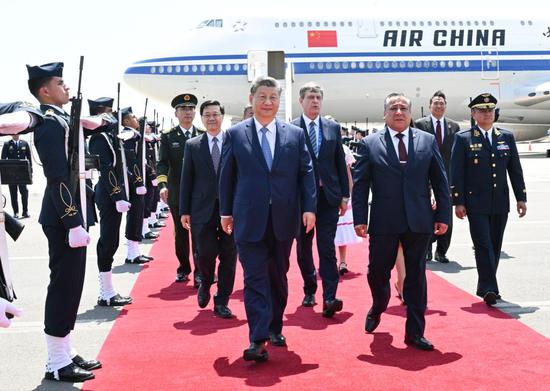
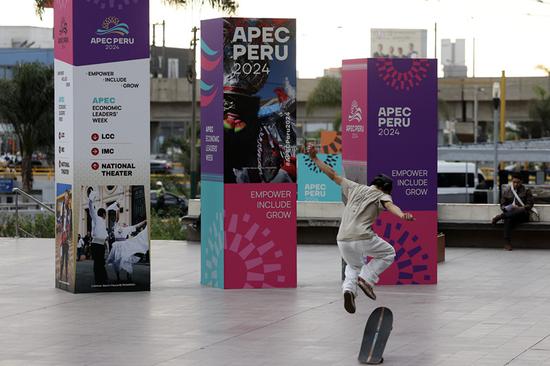
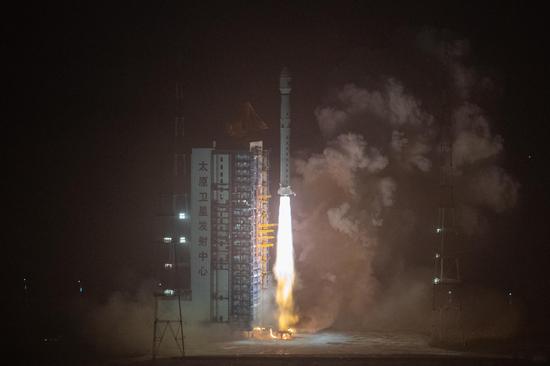
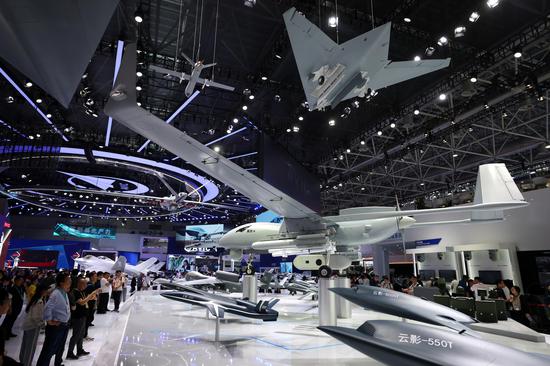
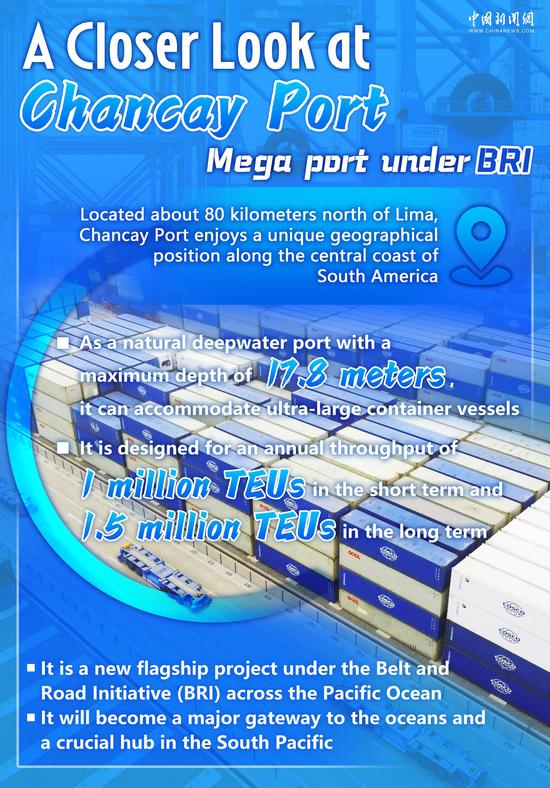
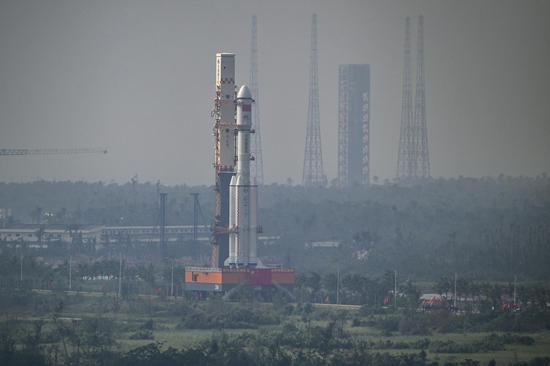
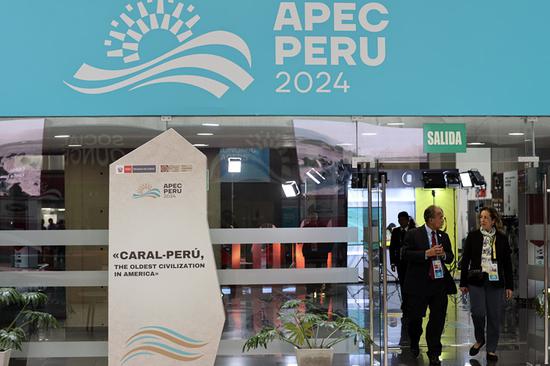






 京公網安備 11010202009201號
京公網安備 11010202009201號